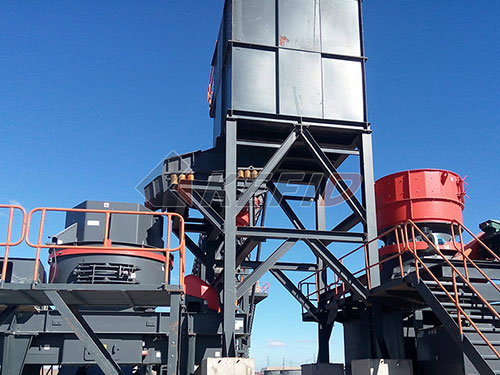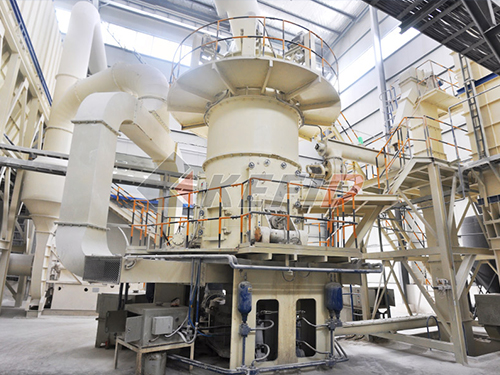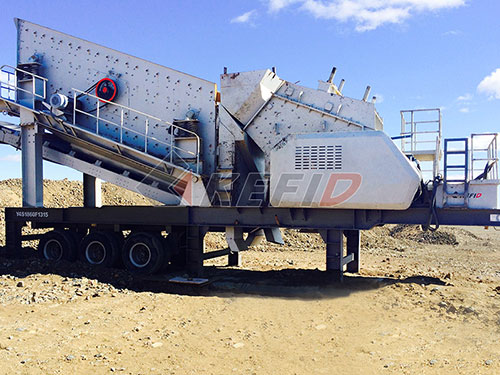The Dragon Jaw Crusher: Engineering Excellence in Primary Crushing Applications
The relentless demand for aggregates, minerals, and recycled materials fuels continuous innovation within the crushing equipment sector. Among the diverse array of machinery designed to reduce large rocks into manageable fragments, jaw crushers remain the undisputed workhorses of primary crushing stages. Within this competitive landscape, machines bearing names evoking strength and resilience capture attention – none more so than the aptly named Dragon Jaw Crusher. This article delves deep into the engineering principles, operational characteristics, design innovations (both conceptual and inspired by leading manufacturers), application versatility, and critical considerations surrounding high-performance jaw crushers worthy of the “Dragon” moniker.
I. The Unwavering Dominance of Jaw Crusher Technology
Before dissecting the Dragon specifically, understanding the fundamental appeal of jaw crushers is crucial:
1. Simplicity & Robustness: At their core, jaw crushers operate on a straightforward principle: compressive force generated between a fixed jaw and a moving jaw plate breaks rock via direct pressure. This mechanical simplicity translates into inherent robustness and reliability.
2. Versatility: Capable of handling an exceptionally wide range of feed materials – from relatively soft limestone and sandstone to extremely hard granite, basalt, and abrasive quartzite – jaw crushers are indispensable across quarries, mines (surface and underground), demolition sites, and recycling facilities.

3. Primary Reduction Power: Their primary function is handling large feed sizes directly from blast piles or haul trucks (often up to 1 meter or more), reducing them to sizes suitable for secondary cone or impact crushers.
4. Predictable Output: The discharge size is primarily determined by the gap setting between the jaws at their narrowest point (the closed-side setting – CSS). This offers predictable gradation control critical for downstream processes.
5. Cost-Effectiveness: Generally lower initial investment per ton processed compared to some alternatives in primary roles, combined with proven longevity when maintained properly.
II. Anatomy of Power: Deconstructing the Dragon Jaw Crusher

A machine deserving the “Dragon” title must embody power, efficiency, durability, and adaptability in its design:
1. The Frame: Foundational Fortitude
Material & Construction: Expect a heavy-duty frame fabricated from high-tensile strength steel plates (often ASTM A572 Grade 50 or equivalent/higher). Advanced designs utilize Finite Element Analysis (FEA) during engineering to optimize material distribution – reinforcing stress

Leave a Reply